Awards Early Bird Rate Ends Tomorrow! Submit by March 14 for a Discount
Awards Early Bird Rate Ends Tomorrow! Submit by March 14 for a Discount
Resources
Newsletter
Stay up to date and with the latest news, projects, deals and features.
SubscribeSo you’ve got to prepare CGI’s for your next project which is about to launch. Your next step will be to engage a studio to create these CGI’s, and you want their graphics to be a smashing success (of course). The question you might be asking yourself is this: “What do I need to do in order to make that happen?”
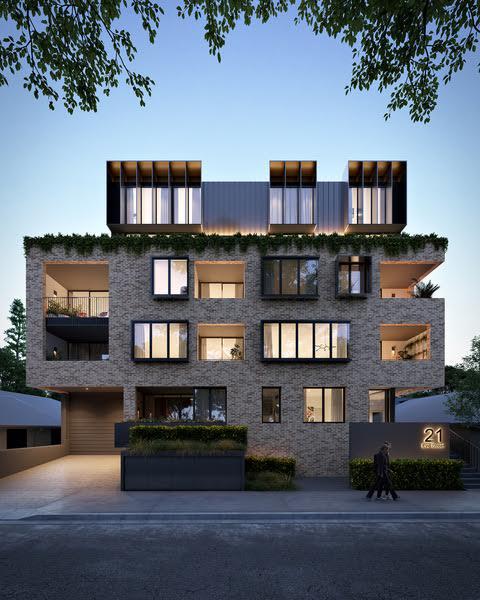
Well, as the saying goes, ‘Preparation is the key to success’. Simply put, if you are prepared, you’ll give yourself and the CGI company you’re working with a much better chance of knocking the brief out of the park.
Don’t fret, this preparation can be easy, and doesn’t have to take up a lot of your time. There are a few essentials to have ready, and it’s important to be aware of how long this sort of project can take. If you’ve got that down, great!
Here, we share the key points of preparing for your next project so you can help ensure its success.
Prepare Your Team... Early
It’s important to have a good understanding of your project team and who is responsible for what.
What does a typical project team look like? A standard team might be as follows:
Development & Marketing Manager (Developer)
Creative/Marketing Agency
Lead Architect (Architect)
Interior Designer
Landscape Architect
Consider the following (which can also be managed by your appointed person):
Photographers (drone & lifestyle)
Stylists
Sales Agents (Recommend for input/guidance)
Note: The larger the team, the longer the process will be, due to more opinions and filtering. Every project is different, but consider the following:
Too often, the delays in the CGI process, is that certain areas of the development have not been designed or finalised. The CGI studio can’t visualise what does not exist yet, so keep this in mind. Some things might be able to start, but this could become your bottleneck.
The timeframes for the production of CGI’s can vary greatly, so with this in mind it’s always better to allow as much time as possible. While every studio will have their own process and timings, the below is true for the majority with minor tweaks here and there.
Our wish-list time allowance is between 8-10+ weeks, however due to commercial realities we find that this ends up being between 5-8 weeks. This is based on a typical project of around 10-15 still images, animation/film and virtual reality all follow different timelines.
The number of images, changing of design, size of project team (too many chefs), lack of clear vision and being over critical, can and will lead to time delays.
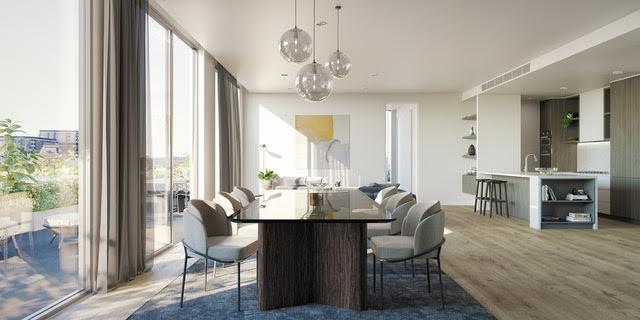
The reason for this, is due to the process required to get from nothing to a set of beautiful crafted images. Below is a quick outline of a standard process (The example below is our studio’s outline, remember everyone can be different). Black represents fixed times, while the dashed can show simple blow-outs and the knock-on effect.
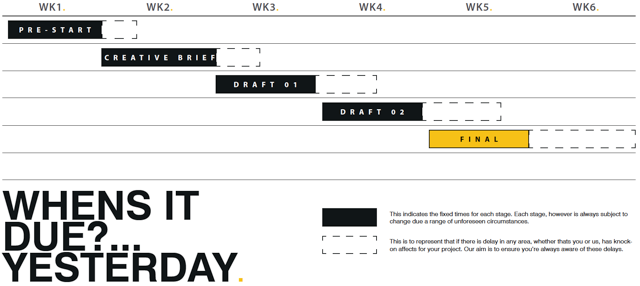
- Simply all the admin, introductions, collection of the required information. Everyone underestimates how long this stage can take, because the render studio can’t start without certain information.
- Camera angles/Whitecards/Wireframes, time of day, style of furniture & mood are all discussed here. Some studios may just do a simplified version as not every project requires the full monty.
- Once you have approved the camera angles and brief, the studio will move into the first big of grunt work - this part is the most intensive for the render studio. This is where they take it from Whitecard/Wireframe to full blown colour.
- You and the project team will review the images and provide feedback. Feedback can be one of those things that blows out your project. Try to appoint one point of contact (head chef) and be reasonable with your comments.
- After all changes and everyone is done, finals! Please beware, while computers these days are fast, there are still limitations on computing power and there is the often overlooked process of ‘post-production’. You need allow for a few days, similar to sending something to ‘print’.
Note: The timing of a project will be dependent in part on receiving required information when it’s needed. This is why it is very important to have all of your information ready to go.
Have Your Information Ready
Providing as much detail as possible to your CGI Studio will help to ensure the final result is what you desire (and will prevent delays). Ideally, this should include:
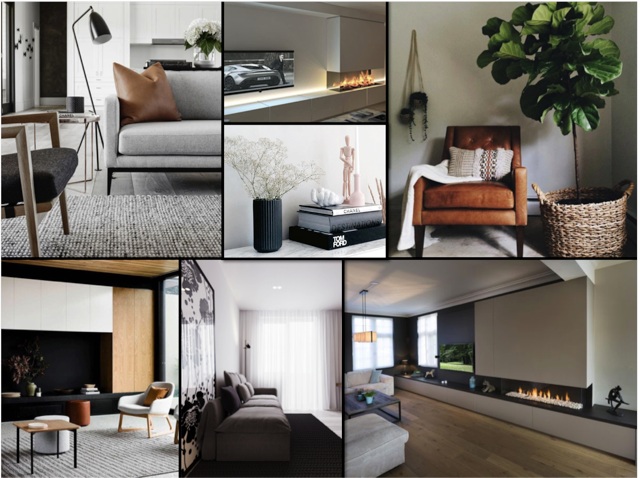
A checklist of essentials
A wishlist of additional (but nonessential) wants
It is very important to ensure you get all the information that your CGI Studio asks for in a timely manner. Not being tardy at this stage will save you time (and also money!) and helps to ensure your project is successful.
Consider the Context and Purpose of Your Project
Think about the big picture here. What are you looking to use the individual CGI’s for?
This is an early discussion which your agency can also provide guidance on. Understand that this can help the project manager perfect the process. You should consider focussing on particular goals so that you can stage your launch:
Is this a big project launch?
Is it a smaller project?
What will you be using the 3D visuals for in terms of marketing?
Social Media?
Website portfolio?
Banner Ads?
Other Digital Marketing Materials?
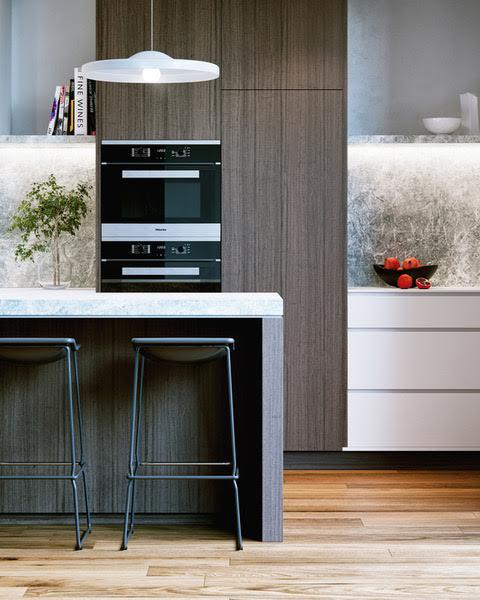
You’ve got the Basics Covered!
If you consider all of the above, you’ll be prepared to launch a successful 3D visualisation project. If you’re looking to make sure the project will truly amaze and impress, take a look at the...
7 Common Mistakes in the Production of 3D Renders
Check out our blog on ‘7 Common Mistakes in the Production of 3D Renders’ for details on common pitfalls and how to avoid them on your next project.
Once the Project has Started
It is vital to set aside time to review each draft thoroughly and then provide clear and concise feedback. See our blog on ‘How to Create Great Feedback on 3D Visuals’ for more detail: http://blankcanvas.studio/how-to-provide-great-feedback-on-3d-visuals/
Blank Canvas is a Perth-based visual communication company offering high quality 3D imagery of architectural and interior designs. Go to http://blankcanvas.studio/ to learn more about how we can help with your next CGI project.
The Urban Developer is proud to partner with Blank Canvas to deliver this article to you. In doing so, we can continue to publish our free daily news, information, insights and opinion to you, our valued readers.